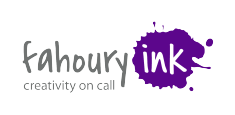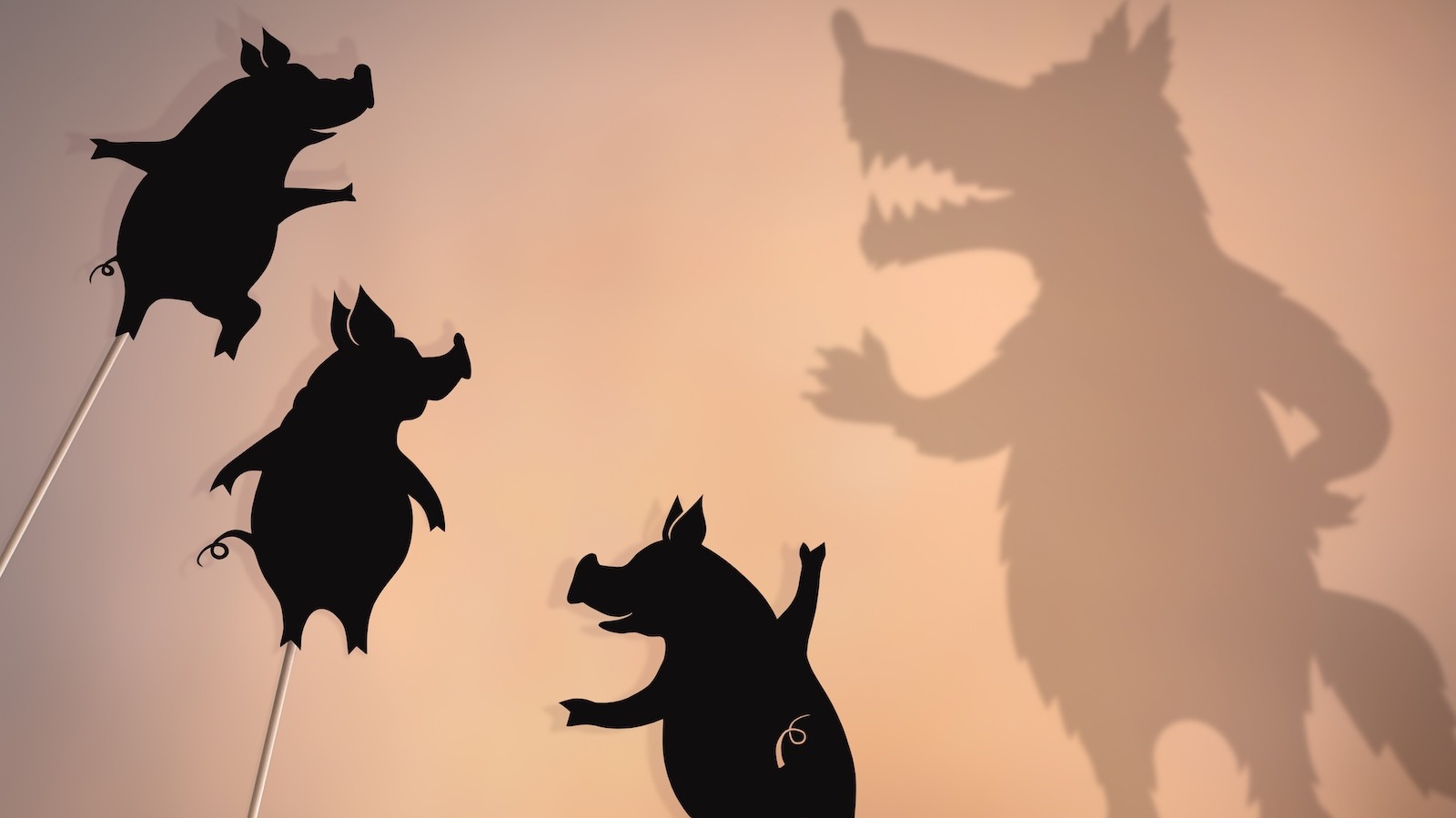Case studies have long been powerful tools in B2B marketing. The typical case study makes your service or product the hero, showing your audience how your product or solution has single-handedly changed the lives of users.
Historically, case studies have been formulated using a highly specific framework — Problem/ Solution. Here’s what was broken and here’s how we fixed it.
Kinda dry, huh? It doesn’t have to be.
What if we flipped the switch from a dry recitation of facts to a more interesting narrative that tells the story of a customer’s experience with your brand?
The elements of a good case story
Every good story has a villain, right? It also sets the stage for a riveting case story. By highlighting the villain your product or service has helped a buyer overcome, you create a sense of connection that can make the protagonist’s success even more impressive.
This could be a competitor, a financial crisis or even a flawed business strategy. A good case story should describe the impact these villains had on the business and the strategies implemented to conquer them.
What else should a case story achieve?
Fosters an emotional connection. A case story has a distinct advantage over a case study — it taps into the power of emotional connection. By sharing the personal journey of a customer and highlighting their challenges and triumphs, you create a relatable narrative that resonates with potential customers.
Feels authentic. Today’s consumers are seeking genuine connections and are more likely to support businesses that align with their values. Using real customer stories demonstrates that your business is not just about making sales, but cares about making a positive change in people’s lives.
Doesn’t discount quantifiable proof points. While storytelling is crucial in creating a compelling case story, it’s equally important to include data and metrics to factually support your narrative. This adds (even more) credibility and provides tangible evidence of the business’s achievements.
Use simple charts, graphs or infographics to visually represent important data, making it easier for the reader to understand and interpret.
Small change in terminology, big impact
The difference between a case study and a case story may seem subtle, but it can have a huge effect on the way you convey your business’s achievements to potential clients.
So, the next time you’re asked to create a case study, put on your storytelling hat and see what a difference this shift of mindset can make.

